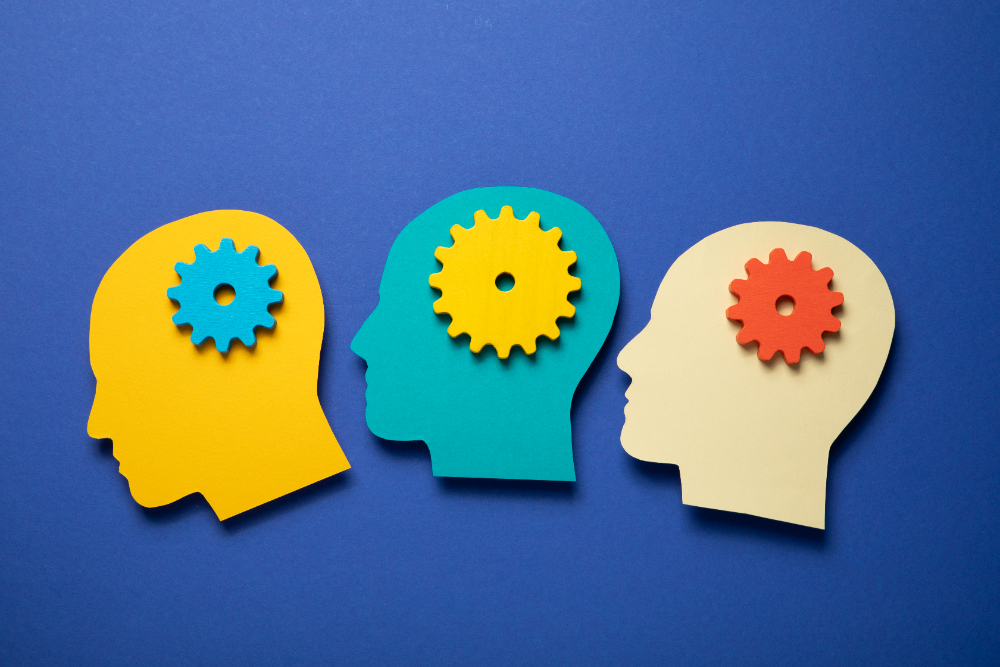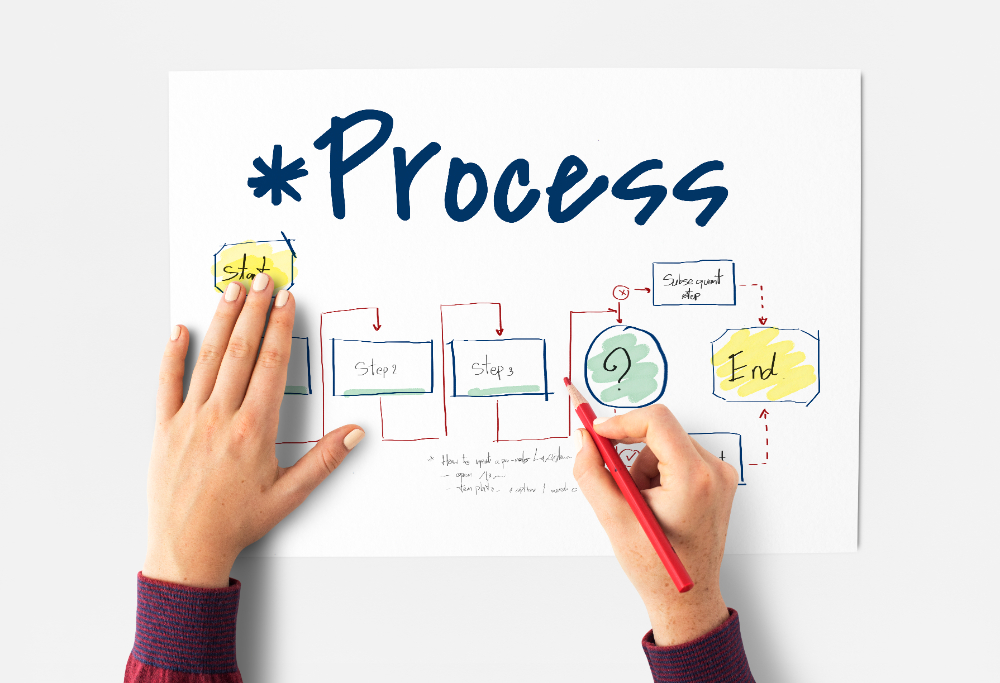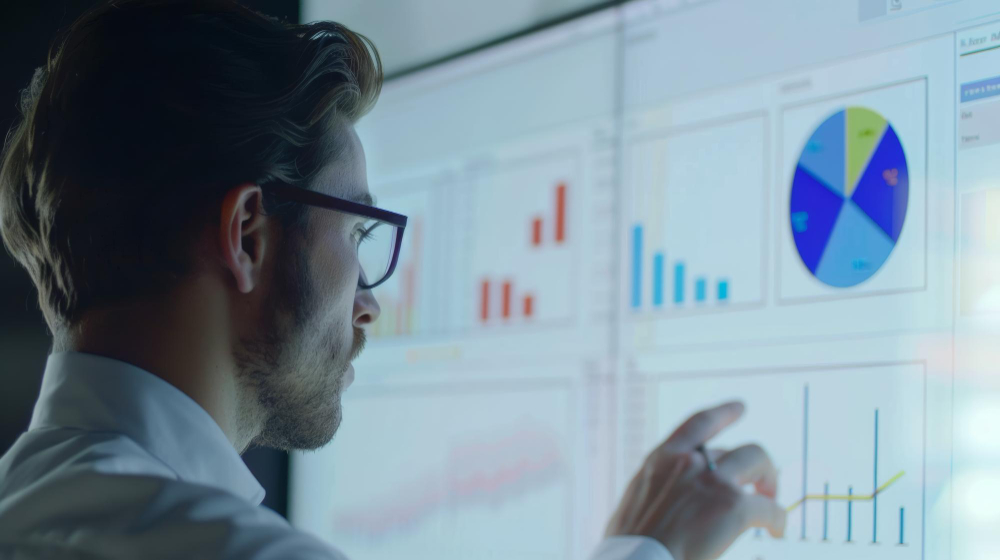Table of Contents
- Understanding Personalized Educational Pathways
- The Role of Data in Education
- Benefits of Data-Driven Personalized Education
- Perspectives for Each Stakeholder
- Students
- Teachers
- Libraries
- Parents and Tutors
- Instructional Designers
- School Administrators
- Educational Software Developers
- Challenges and Considerations
- Tools and Technologies for Data Analysis
- Conclusion
Artificial Intelligence is playing a major role in the education field. Educators, students and institutes are using these to automate their tasks, saving time and energy. But, there is another thing that AI is doing. That is data analysis.
AI is helping administrators in tracking and analyzing the data of students for various purposes. The major one among them is making personalized curricula for students so that they can have adaptive learning in the classroom.
How are they doing it and how data science is helping educational stakeholders? We are going to discuss it in this blog.
Understanding Personalized Educational Pathways
In recent years, there has been a lot of emphasis on personalized learning. It is different from traditional learning because it ensures that the learning environment evolves with the learners. So, curriculum and educational journeys align with individual learning preferences. It gives way to an adaptive learning environment where teachers ensure that students don't get bored and can learn thoroughly.
There are different types of learners in the classroom. Some have learning disabilities and a few have different learning preferences. For example, some students can prefer visuals while some may prefer auditory style. So, meeting the needs of these students is crucial to prepare them for the future. And, the solution to it is personalized learning.
Different researchers believe that personalized learning can promote equity among students. A large study by RAND Cooperation on 11000 students found that personalized learning approaches enhance reading comprehension and greater achievements in Maths.
The Role of Data in Education
However, a lot of teachers have faced the issue of creating personalized curricula for students in the past. Now, AI tools are helping them. It can analyze the assessments, pacing, progress and proficiency of the students through different data to provide customized curriculum for them.
The quiz results, engagement patterns, time taken to complete assignments, preferred learning style and various other types of data tell AI the weaknesses and strengths of the student. They can also find any problem a student may be facing in the education field through their data. Moreover, they can accurately identify the preferences of any student. Sometimes, a student may think that he is a visual learner but his data tells AI that he is an auditory learner. So, this data science is helping teachers in providing proactive support to students who are facing difficulties. Also, it ensures that teachers can address all the unique needs of a student.
Benefits of Data-Driven Personalized Education
First of all, data-driven analysis helps educators pinpoint any unnecessary resources or content in the curriculum. The real-data analysis can help them adjust their curriculum or lesson plan so that it can address the personalized needs of students. This analysis enhances the performance of the pupils and they are more than eager to participate in the class.
Secondly, data analysis can tell teachers to swiftly assess students' understanding. In this way, they can customize instructions for each student by identifying gaps in the pupil's understanding and knowledge. They will know the weaknesses of the students and can personalize the instructions accordingly.
Thirdly, data-driven analysis allows teachers to check which teaching strategy is working and which is not. So, they can create different strategies for students of different learning styles to meet their needs. This flexibility ensures equity among the students.
Perspectives for Each Stakeholder
Students
Data-driven analysis can help students who are struggling in their education. AI will identify their unique needs and can recommend activities, teaching strategies and curricula for them. In this way, they can start enjoying their learning and can achieve their academic goals. Through these tools, they can also get customized and personalized feedback from teachers. This feedback can help them in self-directed learning through which they can easily reach their goals.
Teachers
Teachers can use AI tools to create customized curricula for their students. They can use Gradescope and Review Studio tools to grade assessments and quizzes of their students and provide them with personalized feedback. These AI tools will automate the whole grading work, providing accurate insights into every student's needs. There are other tools too for personalized lesson planning such as Almanack. These AI tools can enable teachers to find new teaching strategies that can enhance their professional development.
Libraries
Libraries can also use data analytical systems that can tell them the latest trends and the preferences of their members. They can visualize the data to know what type of resources their members like and spend the most time on. So, they can customize their catalog according to the preferences of each individual. There are a few AI assistant tools that can provide reading suggestions to individuals according to their preferences after visualizing their whole data.
Parents and Tutors
Parents and tutors can use data analytical tools to know the weak points and strengths of the kids. They can know the reasons why their kid is not performing well and can get suggestions for enhancing their performance.
Instructional Designers
Instructional designers can also use different AI tools such as Findly to personalize the instructions and curriculum for each student. These tools can tell them which types of instructions are powerful and which are not. So, they can analyze their instructions through AI.
School Administrators
Administrations can take help from data analytical tools to know about their students and teachers’ progress. They can know which students are performing and which strategies are working. They can create personalized report cards for the parents too through this tool. Moreover, it can save their time in organizing and analyzing the data. So, they can have a perfect work-life balance through this.
Educational Software Developers
Software developers can create educational tools and platforms for students by visualizing the data and trends. They can know which strategies are popular among students, which tools are beneficial for them and where they are struggling. So, they can make helpful and innovative educational tools.
Challenges and Considerations
There can be student privacy issues when using data analytical tools for analysis. So, institutes should make sure that sensitive student data is protected from unauthorized access and potential breaches.
Moreover, schools should make sure that they collect students' data from authorized resources. They should make sure that the data is reliable and relevant. With it, they should carefully plan and organize the data from different resources.
The collection and organization of authorized data needs skills and training. So, institutes must invest in training the educators and administration on how to gather data and analyze it effectively.
Tools and Technologies for Data Analysis
Different types of technology can be used for data analysis. One type is an enterprise resource planning (ERP) system. This takes data from multiple resources such as attendance, course performance and report cards to provide insights about academic performance. The other system is the learning management system (LMS). This can track students’ learning journey and can collect data on their progress, strengths, weaknesses and learning styles. The third type is different AI tools that can help students and teachers by providing automated feedback and personalized lesson plans.
Some examples of tools are Knewton, Cognii and Duolingo. There are a few educational platforms too that are using data analysis to teach students. Examples of these platforms are Khan Academy, Dreambox and Smart Sparrow. They utilize real-time data to adjust the lectures and tasks according to the student’s preferences.
Conclusion
In short, data-driven analysis helps create personalized curricula, resources and assessments that help students grow and improve their academic scores. Every educational stakeholder must embrace data-driven tools to get various benefits from their insights. So, make it a part of the institute as soon as possible.

































Comments are closed.